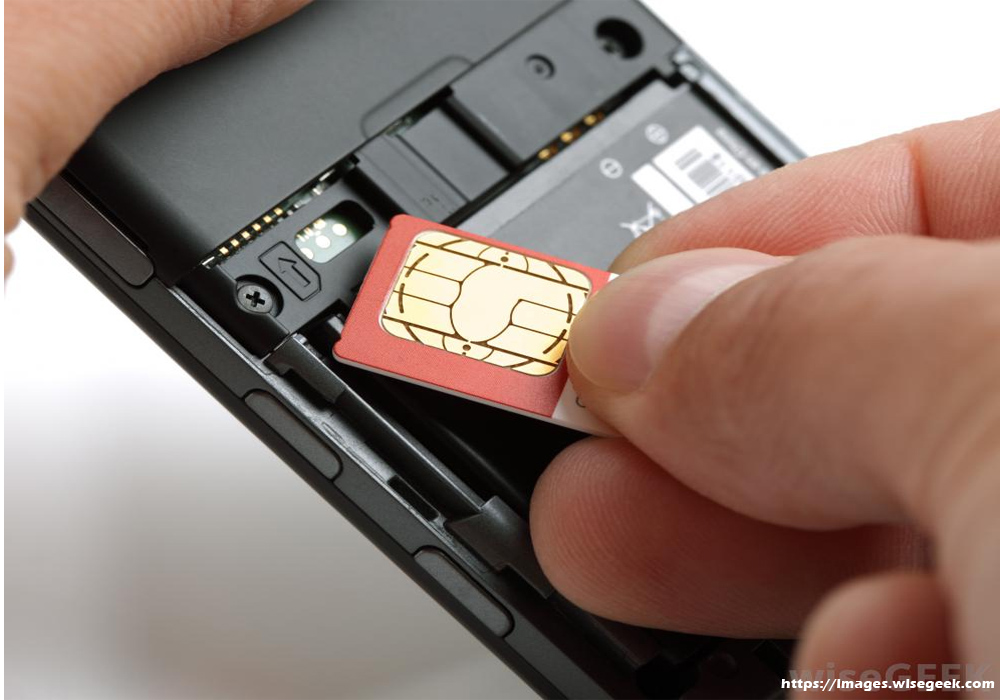GSM Or CDMA Technology For My BlackBerry?
There are two competitors in the cellphone industry network worldwide, GSM and CDMA. CDMA (Code Division Multiple Access) works in US through Verizon Wireless. GSM (Global System for Mobile Communication) is a bit older than its rival and it has developed GPRS (Global Packet Radio Service) technology. GPRS has increasingly gained more popularity due to its affiliation to GSM. The majority of network service providers in US use this technology. In fact, approximately 80% from he global cellphone market connect through GSM network as it is the most common standard.
As a result of GSM’ popularity, a whole industry trade organization has been created, the GSM Association, including the worldwide mobile phone carriers and manufacturers. The GSM Association estimates that over 4.3 billion people from over 212 countries are GSM users. This technology developed the 2G mobile phone system (2nd generation), making possible the storage into the system more data … Read More











